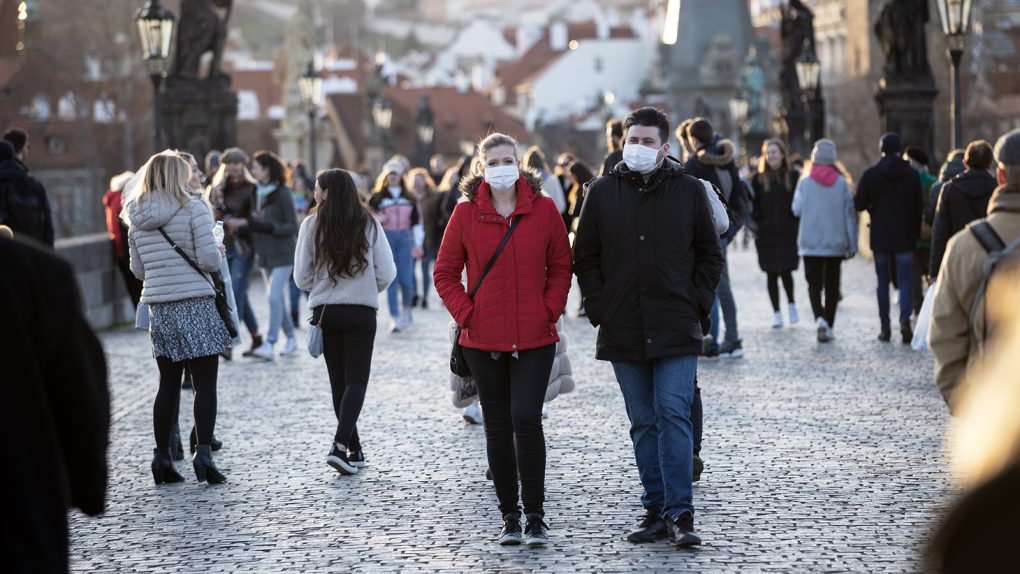- The World Health Organization’s delayed investigation of the novel coronavirus’s origin in China has caused controversy, but scientists still expect the investigation to yield results.
- The WHO and China agreed on how to proceed with the coronavirus origin search, but the first phase will involve Chinese scientists doing the legwork in Wuhan.
- Experts think that it’s still possible to identify the animal species that passed the virus to humans and determine when it happened. Genetic testing of samples and antibodies could still tell the original outbreak’s full story even a year after the first human cases were officially documented.
About a year ago, the first patients in Wuhan, China, were being diagnosed with pneumonia of unknown origin in what was to become the current coronavirus pandemic. We still don’t know exactly how the infection reached humans, but scientists proved that the virus jumped from animals to humans early into the pandemic. China hasn’t exactly been transparent about the source of the virus and hasn’t allowed international experts to visit ground zero and start investigations into the origin of the pandemic. But the country has inked a deal with the World Health Organization (WHO) for a formal inquiry into the Wuhan outbreak.
Finding out what really happened and how the virus jumped to humans is critical for managing the illness, future treatment and vaccine research, and preventive measures that could block the same species from infecting humans with a different pathogen. Having a clear picture of the origin of COVID-19 isn’t about assigning blame to China or a different country. Although China attempted to change the origin story a few times so far, suggesting that the pandemic might not have started in Wuhan.
Time isn’t lost, and experts involved in similar investigations think the WHO can get to the bottom of it, despite the delays.
Black Friday 2020 is here

The WHO disclosed recently that the investigation would have two phases. During the first stage, the actual WHO team won’t be present on the ground in Wuhan and will only review the data that Chinese researchers provide. But experts involved in the investigations of SARS and MERS told National Geographic that all hope is not lost, and the source of the illness can be discovered.
The WHO team that investigated SARS in 2003 arrived in China nearly three months after the first case and found the source within weeks. Genetic tracing is the secret behind such discoveries, and it will help scientists figure out what animals passed SARS-CoV-2 to humans. Technological advances since 2003 should make the work even easier.
Planning for the investigation started all the way back in February, WHO officials told National Geographic. The organization also explained that it couldn’t have started the research sooner, as its early missions in China prioritized stopping the virus’s spread.
Experts will want to look at biological samples such as blood that were collected in Wuhan hospitals to determine when and where the virus was spreading. This sort of survey could provide crucial information about the places where the virus was spreading. Testing samples could help officials build a timeline for the outbreak and determine what sort of people were more likely to get infected initially and what sort of animals they were likely to interact with.
Scientists will also have to test samples of blood, urine, and feces from various animals, like bats, pangolins, civet cats, and any other mammals found along the way that could provide clues about infection.
The experts who talked to National Geographic also said that it makes sense to have Chinese scientists perform the legwork and speculate that China has already done part of it.
Besides China, researchers will also need to study neighboring countries, including Myanmar, Laos, and Vietnam. It’s been widely speculated that the coronavirus emerged from a bat, and the animals aren’t only found in China.
The Wuhan market may have been considered the initial source of infection. The WHO said recently that it “remains unclear whether the market was a contamination source, acted as an amplifier for human-to-human transmission, or a combination of those factors.” The WHO mission plan reveals that nearly 1,200 specimens were collected from the market, which had 653 sellers who commercialized all sorts of animals. Of the 336 animals sampled, none tested positive for the virus. But 8% of the environmental swabs that included drains and sewage carried the virus. The report also notes that a survey in spring showed that 14% of Wuhan cats tested positive for the virus. Meanwhile, the only animal known to pass the coronavirus to humans is the mink, which also happens to be widely raised in China.
The search for the animal might begin in Wuhan but will likely expand throughout the Hubei Province, speculated Ian Lipkin. He said he “would not be surprised if we learned that it has been in humans before the Wuhan outbreak was detected in 2019.” Lipkin is the director of Columbia University’s Center for Infection and Immunity. His team was involved in tracing the MERS coronavirus to camels in the Middle East by testing for antibodies to see where the illness had been circulating.








